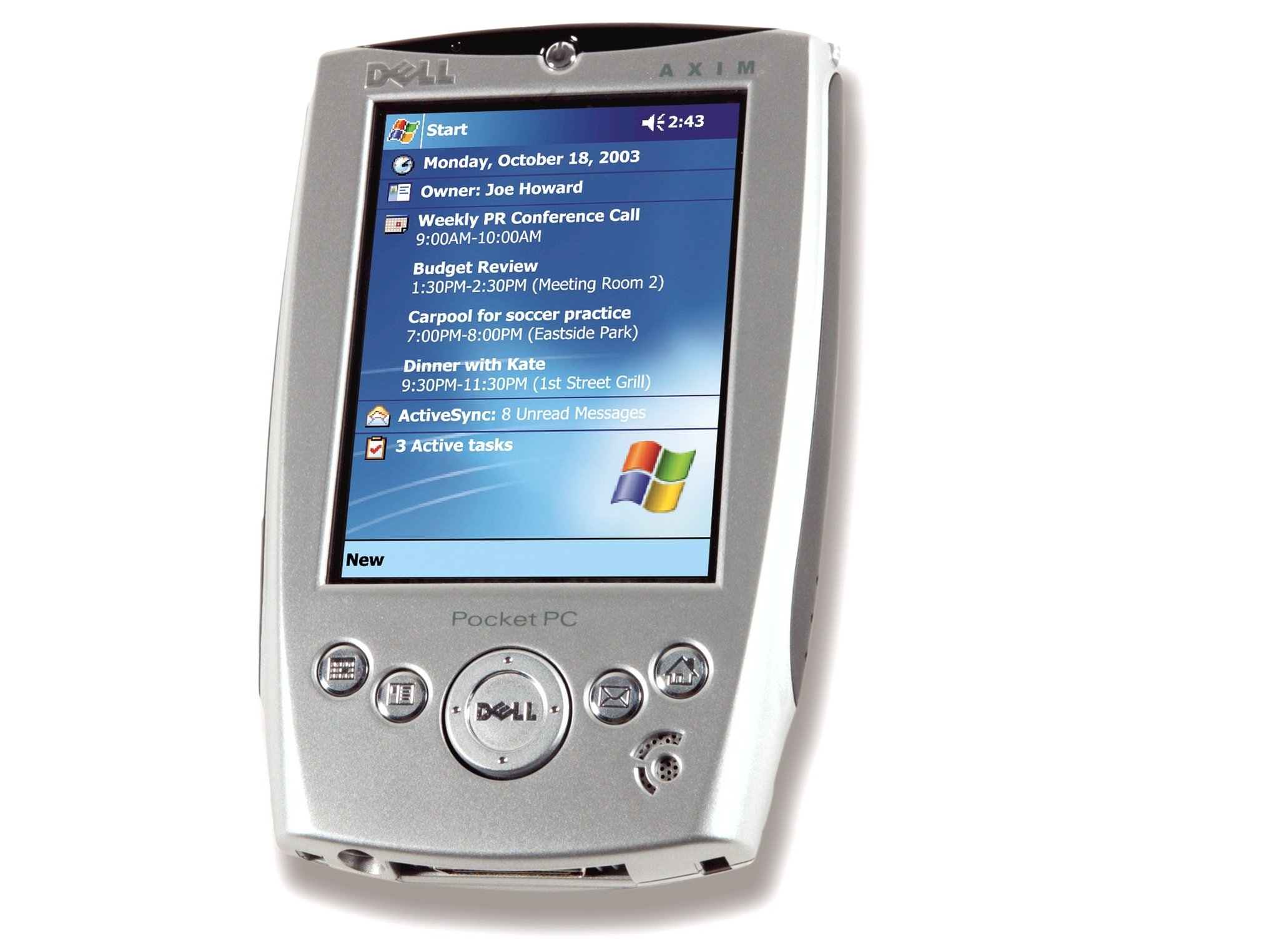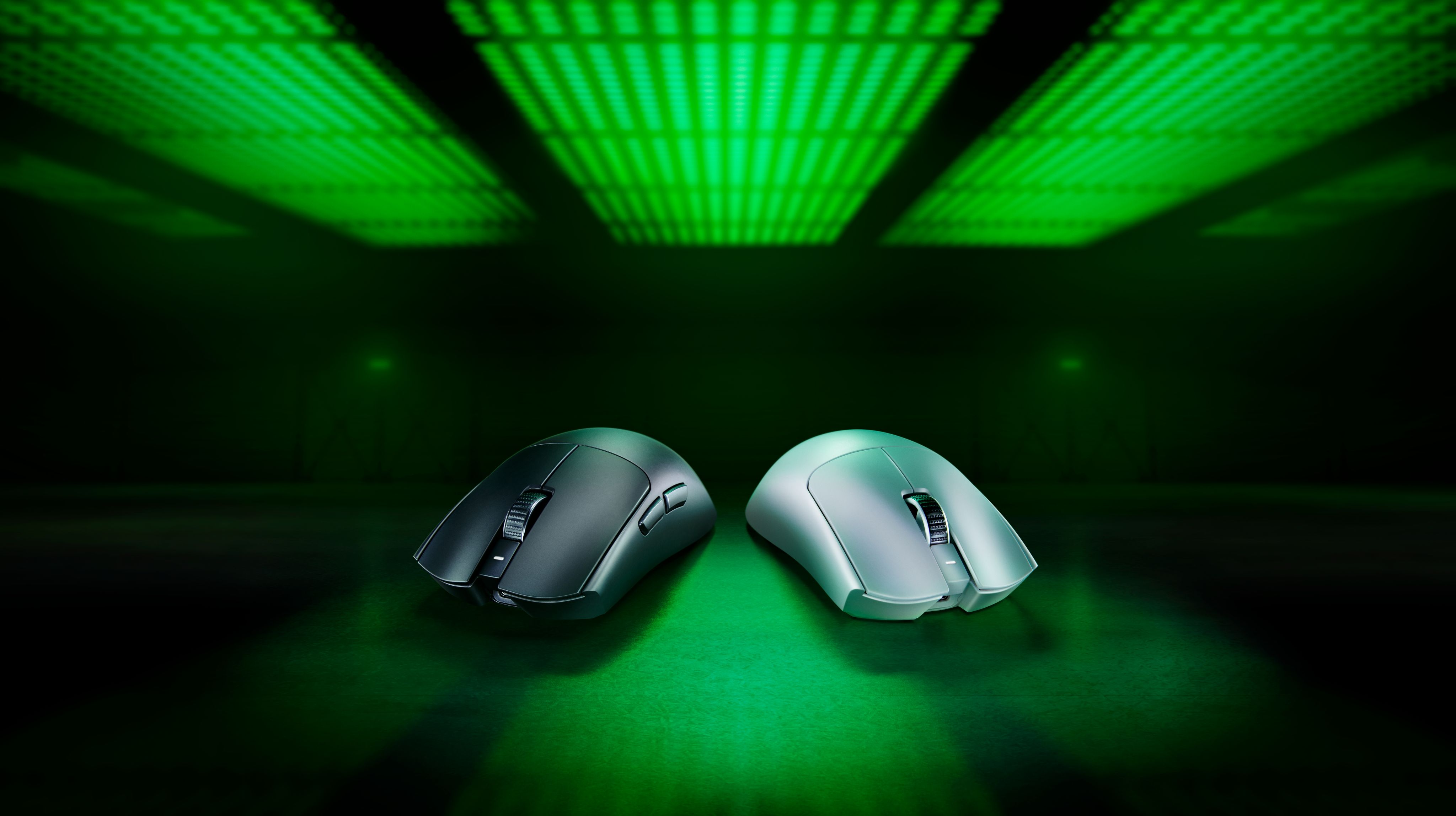The most important piece of tech I ever owned was the Pocket PC
Everyone has that moment in life where something changes everything. The year was 2002, and it was Dell's Axim X5 ― my first foray with Pocket PC.

Nostalgia is an easy gateway to remembering how much better or simpler things were, and that applies to technology too. But memories are tricky, and their accuracy is often tied to emotional states.
The era of Pocket PCs, however, is one of those positive experiences that genuinely was transformative to my career. While I admit that I was more in love with the potential of Pocket PCs (rather than the reality), it was that peek into the future that drove the next decade of mobile technology.
It's a PC … for your pocket (but not really)
My first Pocket PC was the Dell Axim X5. The time was 2002, and I'll never forget the day it arrived as Long Island had a massive blackout the last days, preventing me from charging it for the first time.
The reason I bought one was simple. The promise of a Windows PC in my pocket blew my mind. Just the idea of carrying around this minicomputer that let me run apps and games was crazy. Then I learned what a .cab file was and how it is not an EXE in the traditional x86-sense.
As it turns out, the Dell Axim X5 was not a Windows computer for your pocket. It was, of course, based on Windows CE, and a completely different system that looked like Windows and ran things like Exchange and ActiveSync. Still, there was a lot that could be done on the device.
There was no Wi-Fi, which was fine as barely anyone had wireless internet at the time. Getting internet on the Dell Axim was achieved by physically plugging into a Windows PC that could sync all your data over to the Axim. In that sense, the Axim X5 was more like a companion pocket computer than any standalone device. You could, of course, spring for those CF-card modules, but that was a bit too expensive for me.
The battery was about eight hours, but often less. And if the battery died, due to the non-persistent memory of Pocket PC 2002, you would lose all your data, and the metal gizmo would be wiped clean. Nightly "backup" sessions ensured you always had an image of your minicomputer in case you could find an AC outlet. It became a ritual.
All the latest news, reviews, and guides for Windows and Xbox diehards.
Despite all the usability flaws (and boy were there some), the ability to use a stylus, draw on the touchscreen, play games, get email, and more was a game-changer. Back then, people were getting used to the idea of owning a full PC (versus a library, school, or the family computer), and here some of us were already geeking out at making it all ultra-mobile.
Dell went on to improve the Axim line with the Axim X30, which I upgraded to just a few years later. Thinner, faster, a better battery, and built-in Wi-Fi changed the game.
From Axim to a moderator to Windows Central
The funny thing about owning a Pocket PC in 2002 was I really didn't need one. I was a graduate student at the time, and sure, it was neat taking notes, getting email on my hip, and having a calendar. But it was more about knowing someday such devices would be conventional.
My hobby led me to online forums like PPCGeeks, XDA, and PDAPhoneHome, where I post under the handle Malatesta, named after the famous Italian anarchist. There I found a community of fellow PDA nerds where we'd debate Windows Mobile 5.0 versus Palm's TREO dominance, share customizations, and just plain old hacking. I later became a moderator on many of those sites.
Around 2005, I worked at a movie theater, and a customer left his Treo 650 behind. We waited weeks, no one ever claimed it, so eventually, I took it home. The device changed my life as, for the first time, I had the combination of a PDA and a phone. This merging would continue when eventually, Palm and Microsoft would team up for the Palm 700wx – my dream device.
The year was 2006, and I was a regular poster in the TreoCentral forums. Having four years of Pocket PC/Windows Mobile 5.0 experience and being familiar with the PalmOS allowed me to share a ton of knowledge, some hacking, and other tricks. I began testing apps with developers and just learning from the awesome community.
I eventually got a job offer to help write on the fledgling WMExperts from Dieter Bohn (now at the Verge) around 2007. I turned it down. But luckily, he asked again a few months later, and I accepted. I would be active in the forums, co-hosted the podcast with Bohn, and eventually start writing news on the front-page. My breakout article was discussing aGPS vs GPS. We later broke the news about the Sprint Treo Pro.
That led to years of writing and working my way up until becoming the editor-in-chief of what was then Windows Phone Central around 2012. The rest is history.
Returning to the Pocket PC and you may now see why it is the most crucial device I have used. That simple Axim and Treo 650 lead me down a career path I had no intention of finding. My life goal was to be a linguistics professor studying brain and language, not a tech blogger. But here I am, and I couldn't be happier. It's all thanks to Windows CE, the Dell Axim X5, and the summer of 2002.
Put those rose-colored glasses on and embrace the past with more in our tech nostalgia series.
- Windows Central
- Android Central
- The best Android tablet was the Pixel C
- Galaxy S Fascinate retrospective review
- HTC Inspire 4G retrospective review
- Why the Moto X was the best
- Honeycomb: The Android version we all forgot
- Nexus Q was super weird but influential
- NVIDIA Shield is timeless
- The phones that made us fall for Android
- How Android has changed over the years
- Android phones with physical keyboards
- Admit it, Android sucked before 2017
- The wild early days of Android smartwatches
- iMore

Daniel Rubino is the Editor-in-chief of Windows Central. He is also the head reviewer, podcast co-host, and analyst. He has been covering Microsoft since 2007 when this site was called WMExperts (and later Windows Phone Central). His interests include Windows, laptops, next-gen computing, and wearable tech. He has reviewed laptops for over 10 years and is particularly fond of 2-in-1 convertibles, Arm64 processors, new form factors, and thin-and-light PCs. Before all this tech stuff, he worked on a Ph.D. in linguistics, performed polysomnographs in NYC, and was a motion-picture operator for 17 years.
